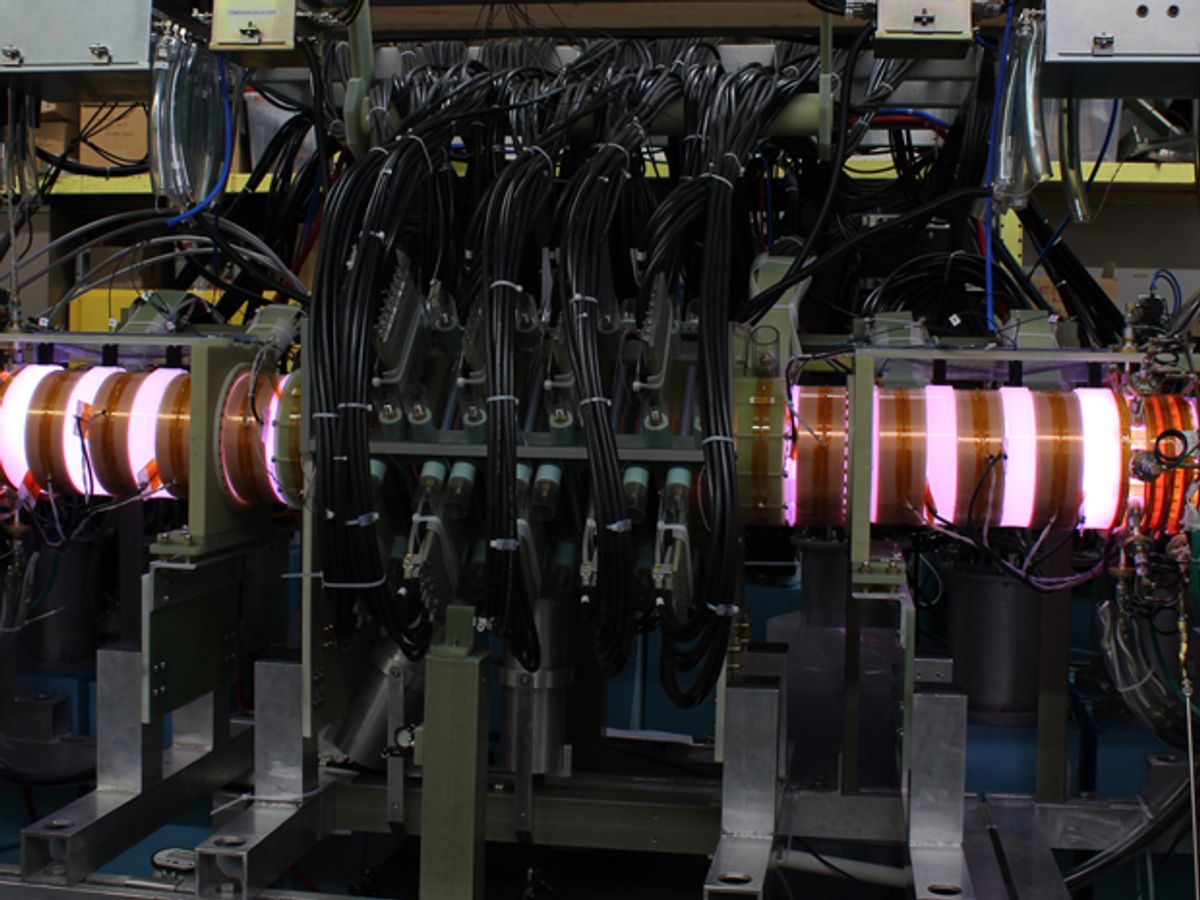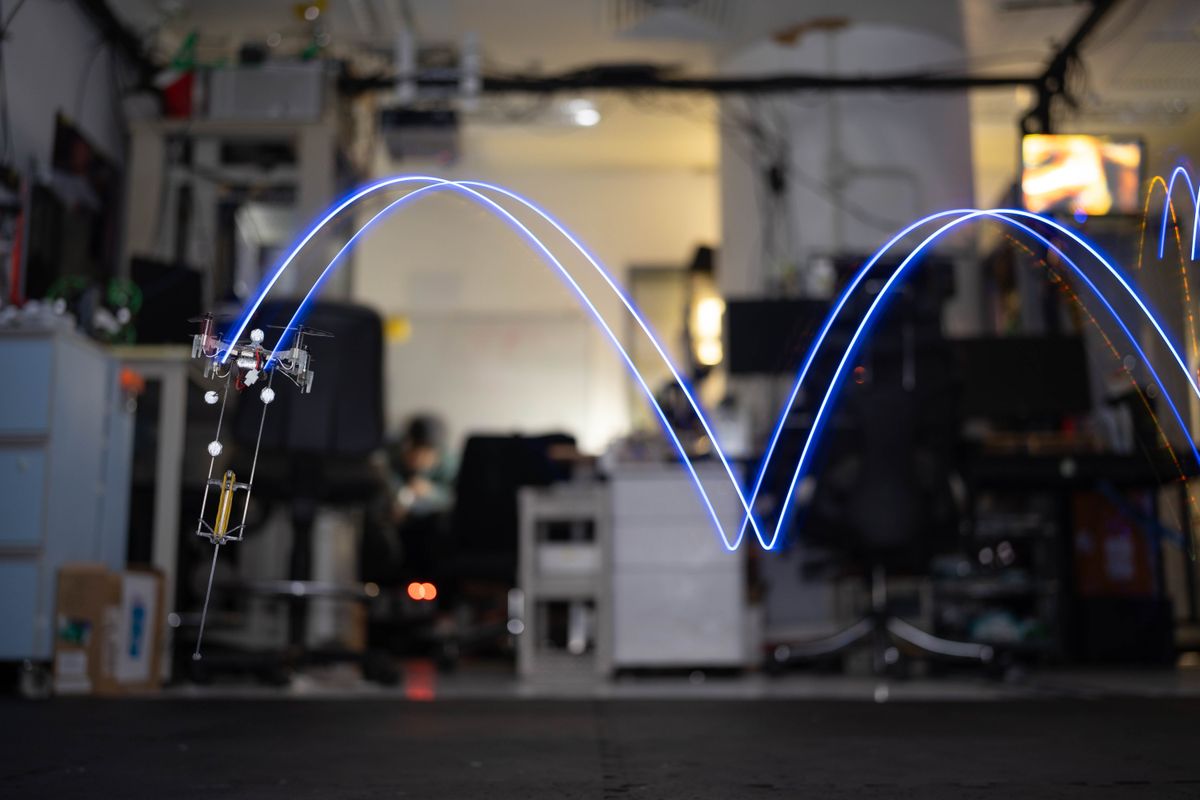An experimental nuclear fusion company recently raised $1.5 million in venture capital this month, in what is turning out to be a banner year for unconventional fusion fundraising. (As IEEE Spectrum noted last month, another firm, Lawrenceville Plasma Physics recently wrapped a $180,000 IndieGogo campaign to fund an experimental reactor that the company predicts could fuse protons with boron nuclei to generate low-radiation nuclear energy.)
San Francisco-based Mithril Capital Management covered $1.25 million of the total raised by Helion Energy of Redmond, Wash. Ajay Royan, the VC firm's co-founder says his fund is always on the lookout for what he calls “state-shift companies,” firms that force a sea-change in their industry. Helion, he says, offers the promise of being that rare company.
Of course, to date no one—not warehouse-sized reactors like the National Ignition Facility, and not smaller prototypes being developed by Helion and Lawrenceville—have yet produced a reactor that can sustain nuclear fusion in which the energy generated exceeds the energy consumed. Royan says, however, that Helion proved its attractiveness in part through its methodical approach: reactor technologies that are already in the marketplace or will soon be coming into the marketplace, such as fast electrical switches and high-performance capacitors; goals it had already achieved; and a timetable for its future milestones.
As Royan put it, he and his co-founder Peter Thiel wanted to see a fusion company whose challenges were engineering problems, rather than problems involving unknown or untested fundamental physics.
“My criteria is we should have no miracle physics, we should have minimal or no neutron discharge—so that we’re not coming up on the same regulatory and safety concerns associated with traditional fission or even other fusion approaches,” he says. “And if successful, the design should scale to be competitive with fracked natural gas as a source of electric power. That’s a tall order. And [Helion has] shown for our diligence efforts how they can rationally get there.”
As Helion’s website explains, the reactor turns two blobs of deuterium fuel into plasma and uses a pulsed magnetic field to slam them together. A strong magnetic field compresses the merged plasma, heating it to the point where the deuterium fuses with helium nuclei left over in the chamber from previous burn cycles.
Helion projects that this reaction can be harnessed to create a 50 megawatt reactor no bigger than a shipping container.
The $1.5 million the company raised—from Mithril andY Combinator—does not represent the final phase of Helion’s fundraising. Royan says another, bigger chunk of funding will be needed to ultimately produce the full, working prototype of Helion’s reactor design.
“They’re talking about it as building a product beta, a working, pre-commercial prototype that would then go into a power plant,” Royan says. “That is expected to happen over the course of the next half-decade, and it’s expected to take on the order of $30 to $50 million by the company’s estimates.”
Certainly, any company that could achieve sustained, low-or-no radiation nuclear fusion energy would have earned the right to call themselves — as a June blog post from Helion’s famous hometown denizen Bill Gates put it — an “energy miracle.”
Royan says any miraculous projections in Helion’s technology come down to cutting-edge new materials and electronics.
“A lot of what Helion is planning to do would have not been possible five years ago,” he says. “There are a lot of advances in power electronics and semiconductors associated with the smart grid and software associated with these devices, and with capacitor technology, that make it possible for Helion to do what they’re planning on doing. … I don’t think we’d have funded this company the way it’s currently set up three to five years ago. But we are glad to do so now.”
Margo Anderson is the news manager at IEEE Spectrum. She has a bachelor’s degree in physics and a master’s degree in astrophysics.




